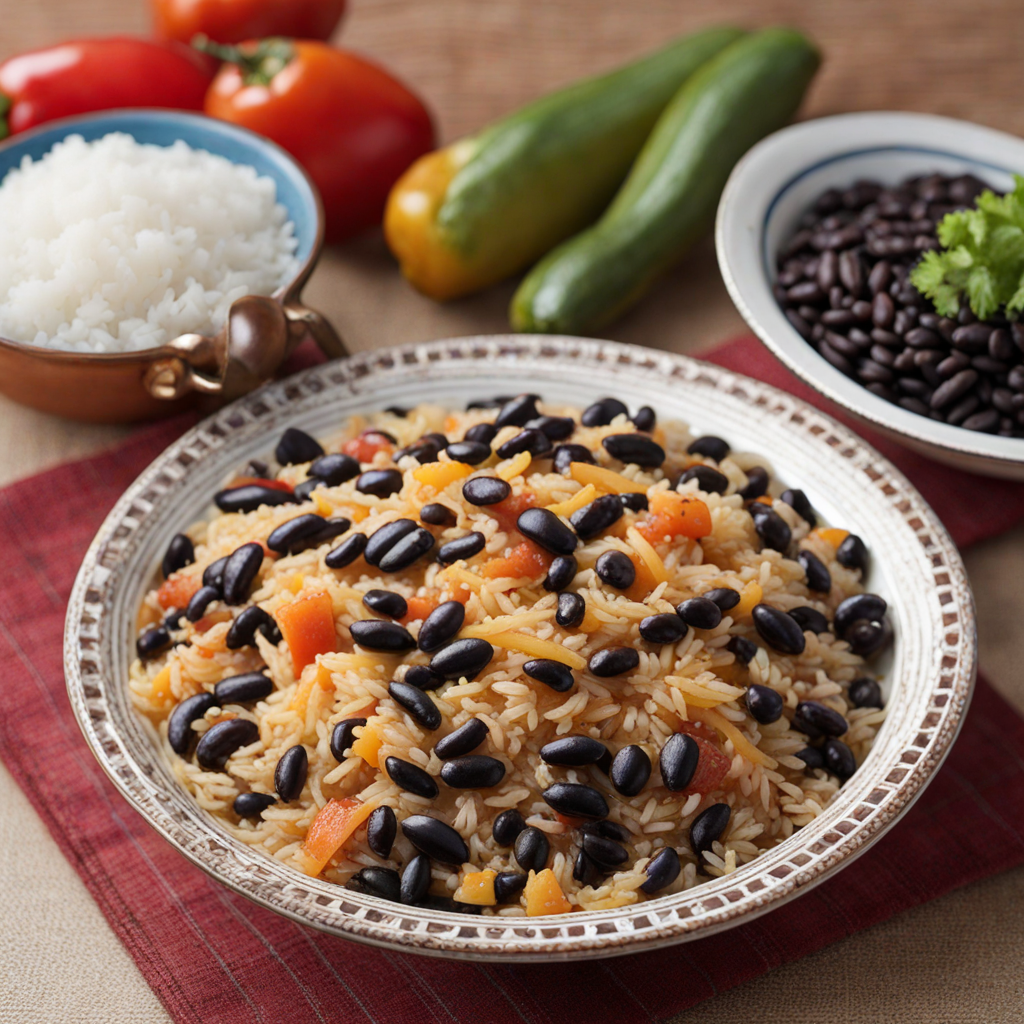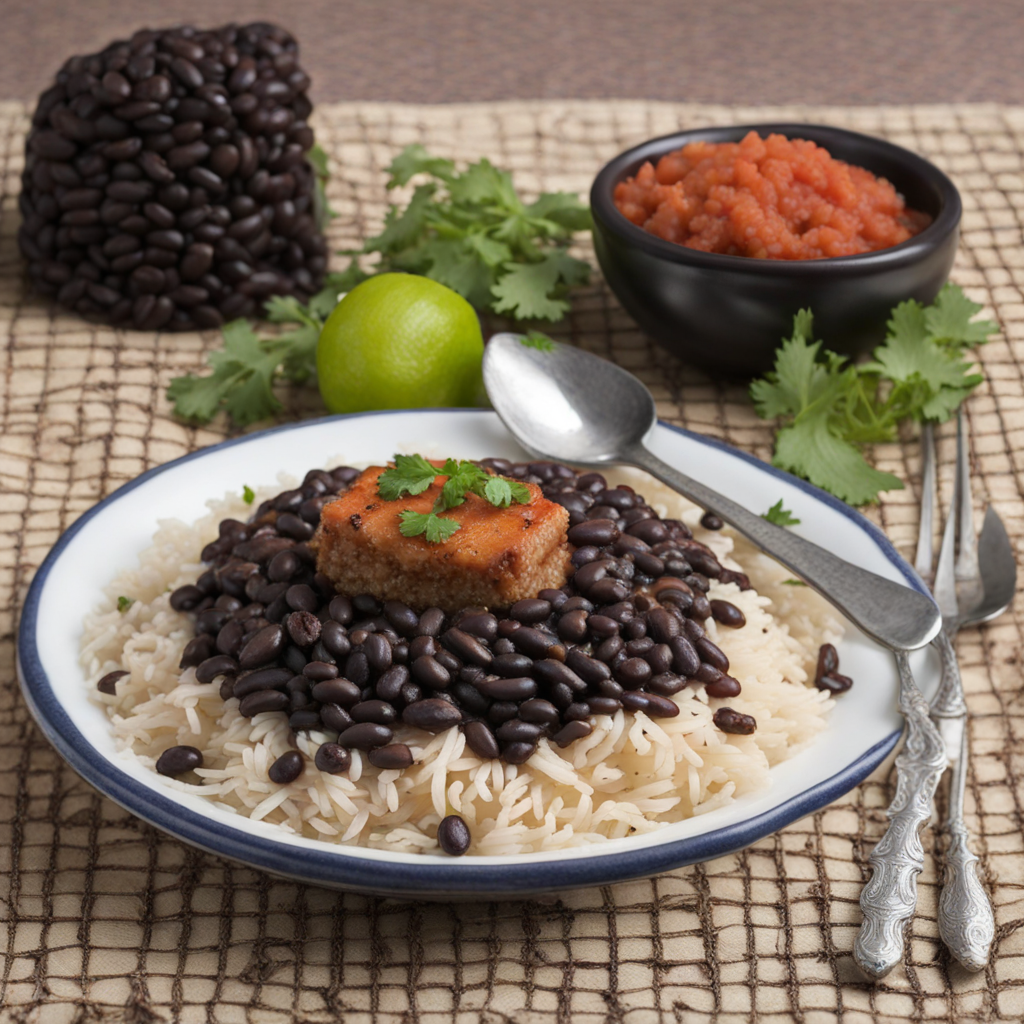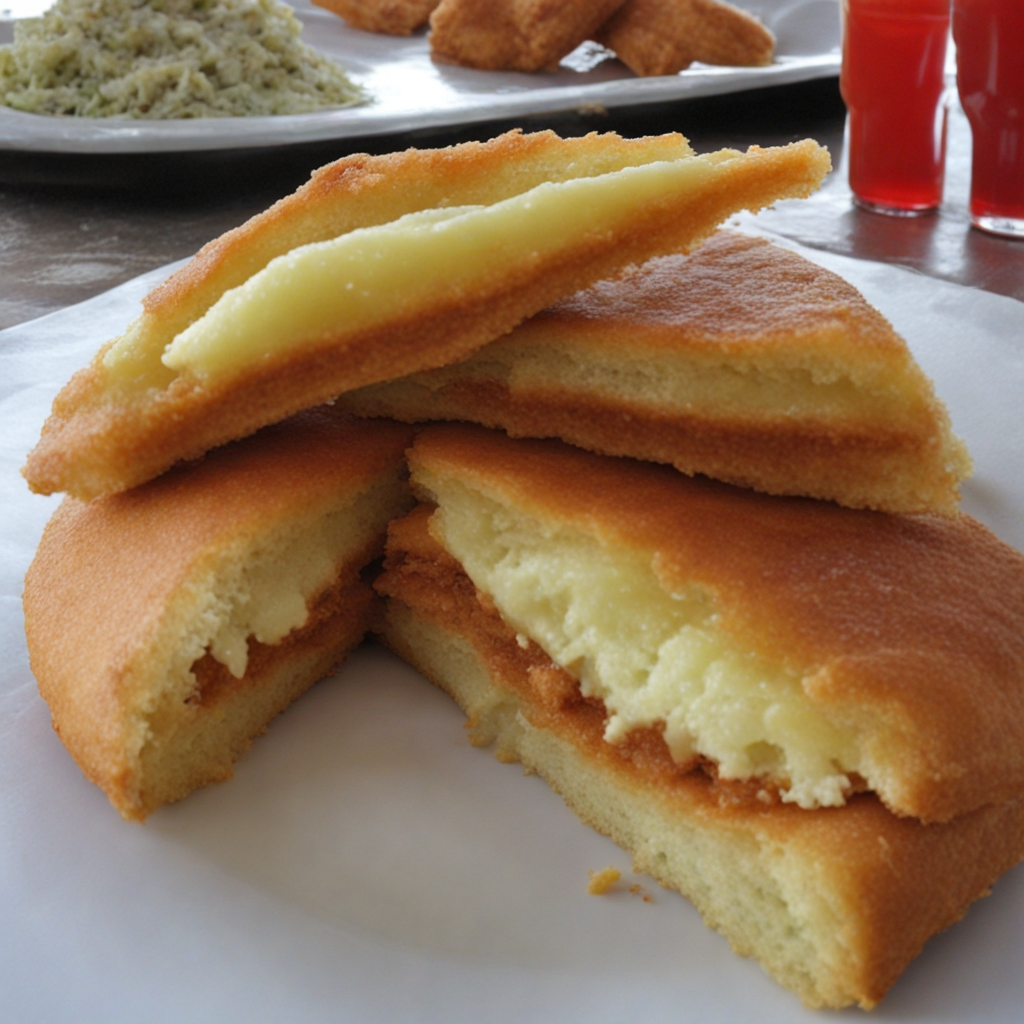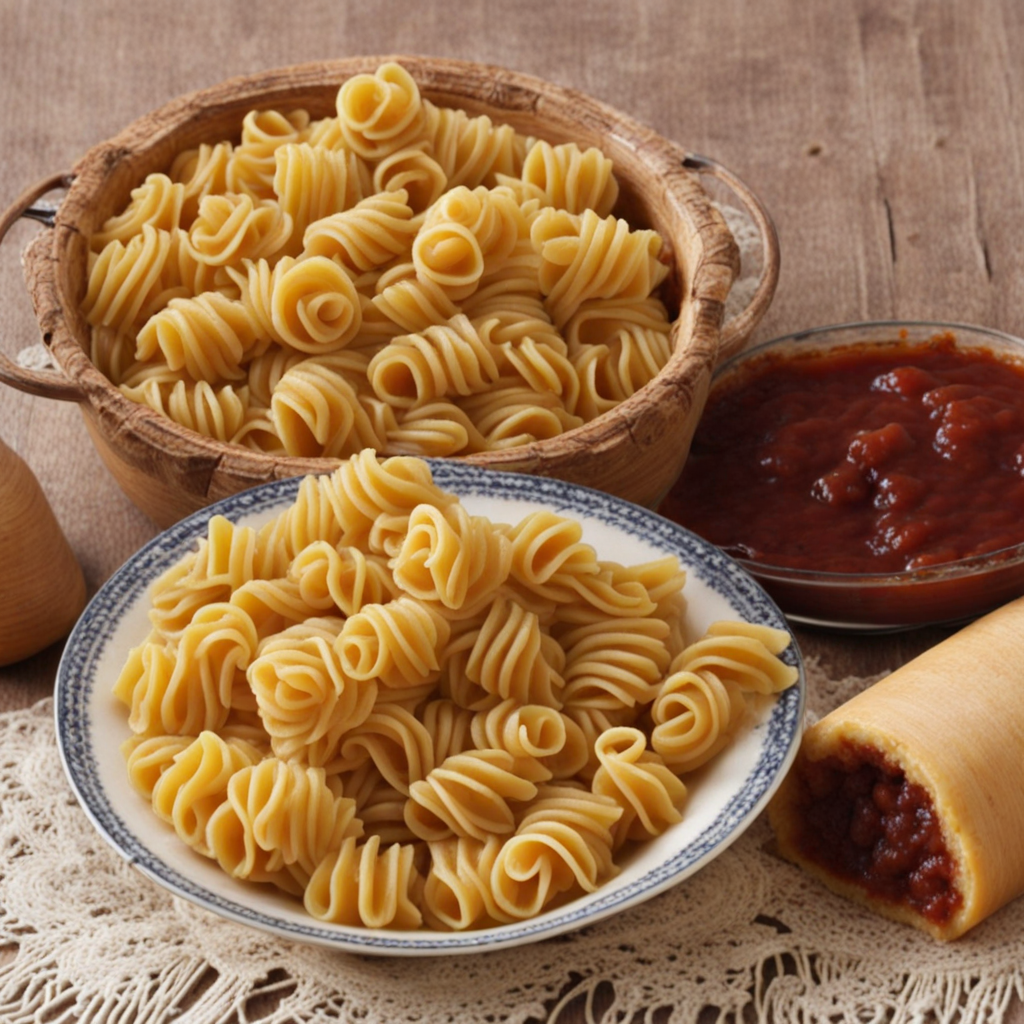Moros y Cristianos
Moros y Cristianos is a captivating dish that beautifully represents the fusion of flavors in Uruguayan cuisine. The dish consists of black beans, referred to as "moros" (Moors), and white rice, known as "cristianos" (Christians). This combination is not only visually striking with its contrasting colors but also rich in texture and taste. The beans are typically seasoned with spices such as garlic, onion, and bay leaves, creating a savory base that pairs harmoniously with the fluffy rice, offering a comforting and hearty meal that is perfect for any occasion. As you savor Moros y Cristianos, you'll experience a delightful blend of earthy flavors from the beans, complemented by the subtle sweetness of the rice. The dish is often served alongside marinated meats or fried plantains, adding layers of flavor and enhancing the overall dining experience. The interplay of the spices and the natural ingredients makes every bite a celebration of Uruguayan culinary tradition. This dish is not just a meal; it tells a story of cultural history and unity through its name, which symbolizes the coexistence of different cultures. It is often enjoyed during festive occasions and family gatherings, making it a cherished comfort food among locals. Whether you are exploring traditional Uruguayan fare or simply looking to expand your culinary horizons, Moros y Cristianos offers a unique and satisfying taste that will undoubtedly leave a lasting impression.
How It Became This Dish
Moros y Cristianos: A Culinary Reflection of Uruguay’s Cultural Heritage Moros y Cristianos, a dish steeped in history and cultural significance, is a fascinating culinary creation that has its roots in the complex tapestry of Uruguayan society. This dish, consisting of black beans (the "Moros") and white rice (the "Cristianos"), is not merely a staple of Uruguayan cuisine; it embodies the historical narratives, social dynamics, and cultural exchanges that have shaped the nation over centuries. #### Origins: A Historical Mosaic The origins of Moros y Cristianos can be traced back to the Spanish colonization of the Americas, particularly the influence of the Iberian Peninsula on Latin American culinary traditions. The name itself is derived from the historical struggle between the Moors and Christians in medieval Spain, a conflict that lasted for nearly 800 years until the Reconquista culminated in 1492. The dish symbolizes this dichotomy, with black beans representing the Moors and white rice symbolizing the Christians. In Uruguay, the dish became particularly popular due to the influence of African cuisine introduced by enslaved peoples brought to the region during the transatlantic slave trade. The African culinary traditions, including the use of beans and spices, melded with the European influences, resulting in a unique gastronomic expression that would eventually come to define many Latin American and Caribbean cuisines. #### Cultural Significance Moros y Cristianos is more than just a dish; it is a representation of cultural identity and social unity. In Uruguay, where the culinary landscape is marked by a blend of Indigenous, African, and European influences, Moros y Cristianos serves as a metaphor for the nation’s multicultural heritage. It reflects a historical narrative of coexistence and adaptation, showcasing how diverse cultural traditions can harmonize to create a singular national identity. The dish is often served during celebrations and communal gatherings, signifying its role in fostering social bonds. Whether at family gatherings, religious celebrations, or national holidays, Moros y Cristianos is a staple that invites sharing and togetherness. The act of preparing the dish, often involving family members, further strengthens community ties and passes down culinary knowledge from one generation to the next. #### Development Over Time As Uruguayan society evolved, so too did the dish of Moros y Cristianos. In the early 20th century, as waves of European immigrants arrived in Uruguay, particularly Italians and Spaniards, the culinary landscape began to shift. These new influences introduced different cooking techniques and flavors, which were gradually integrated into traditional dishes. While the basic components of Moros y Cristianos remained the same, variations began to emerge, with the addition of local ingredients and spices that reflected the changing demographics of the nation. In contemporary Uruguay, Moros y Cristianos can be found in various forms—from street food vendors to upscale restaurants—each chef adding their unique touch to the beloved dish. Some modern iterations incorporate a variety of beans, such as pinto or kidney beans, and may include additional ingredients like vegetables, meats, or even spices like cumin and coriander. This adaptability speaks to the dish's enduring appeal and its ability to resonate with changing tastes and culinary trends. #### Regional Variations While Moros y Cristianos is distinctly recognized in Uruguay, variations of the dish can be found throughout Latin America and the Caribbean, each with its own regional flair. In Cuba, for instance, the dish is similarly celebrated and often accompanies fried plantains and meats, showcasing the island's rich culinary heritage. In these contexts, the dish retains its symbolic meaning but takes on new flavors and presentations, highlighting the diversity of Latin American cuisine. In Uruguay, the dish has also found its way into the national dialogue about identity and belonging. As the country grapples with its history of immigration and cultural mixing, Moros y Cristianos stands as a testament to the resilience of tradition in the face of change. Food, in this case, becomes a vehicle for cultural expression, allowing individuals to connect with their heritage while also embracing new influences. #### The Modern Culinary Scene Today, Moros y Cristianos is celebrated not only for its taste but also for its cultural significance. Chefs across Uruguay are increasingly highlighting traditional dishes in innovative ways, often emphasizing local ingredients and sustainable practices. The revival of interest in traditional foods has led to a new appreciation for the stories behind dishes like Moros y Cristianos, with chefs often sharing the historical and cultural narratives that inform their culinary creations. Furthermore, the rise of food tourism in Uruguay has brought international attention to traditional dishes, with travelers eager to experience the richness of Uruguay’s culinary heritage. Festivals celebrating traditional foods, including Moros y Cristianos, draw locals and tourists alike, providing a platform for cultural exchange and appreciation. #### Conclusion: A Dish Beyond Borders Moros y Cristianos is a dish that encapsulates the essence of Uruguayan culture—a blend of history, identity, and community spirit. Its roots in the historical struggles of the past, coupled with the influences of diverse cultures, make it a symbol of unity in diversity. As it continues to evolve within the context of contemporary culinary practices, Moros y Cristianos remains a beloved dish that resonates with the stories of generations. In the heart of Uruguay, the preparation and sharing of Moros y Cristianos transcend mere sustenance; they serve as a celebration of heritage, an acknowledgment of the past, and a hopeful embrace of the future. Through every bite, one can taste the rich history, the resilience of cultural identity, and the enduring spirit of a nation that continues to thrive on the amalgamation of its diverse roots.
You may like
Discover local flavors from Uruguay







